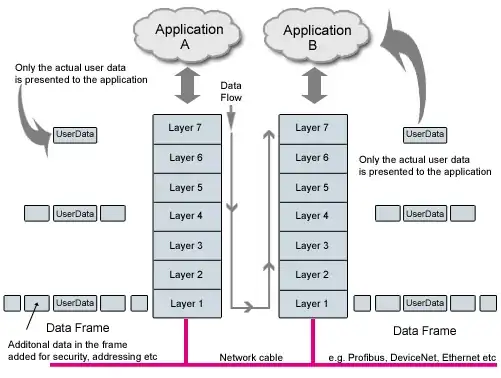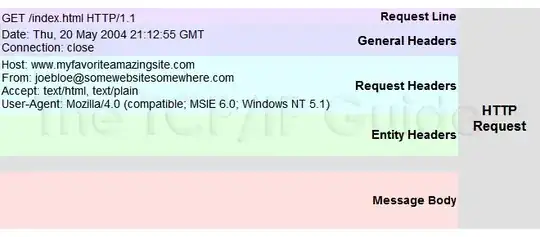HTTPS is just HTTP going over SSL - the HTTPS just signifies to the browser (or other network stack) that the HTTP protocol needs to be tunneled over an SSL channel. There is nothing else "special" about HTTPS...
Well, except the CONNECT method.
To be specific, the CONNECT method is not anything special in HTTPS, it is part of the HTTP spec. This method supports tunneling an SSL channel through an HTTP proxy. Without it, there would be no way to initiate a secure channel between the browser and the webserver, without the proxy being able to view and tamper with the connection. CONNECT enables the SSL handshake via the proxy.
But, if you are not using a proxy between your device and the server, then there should be no practical difference.

